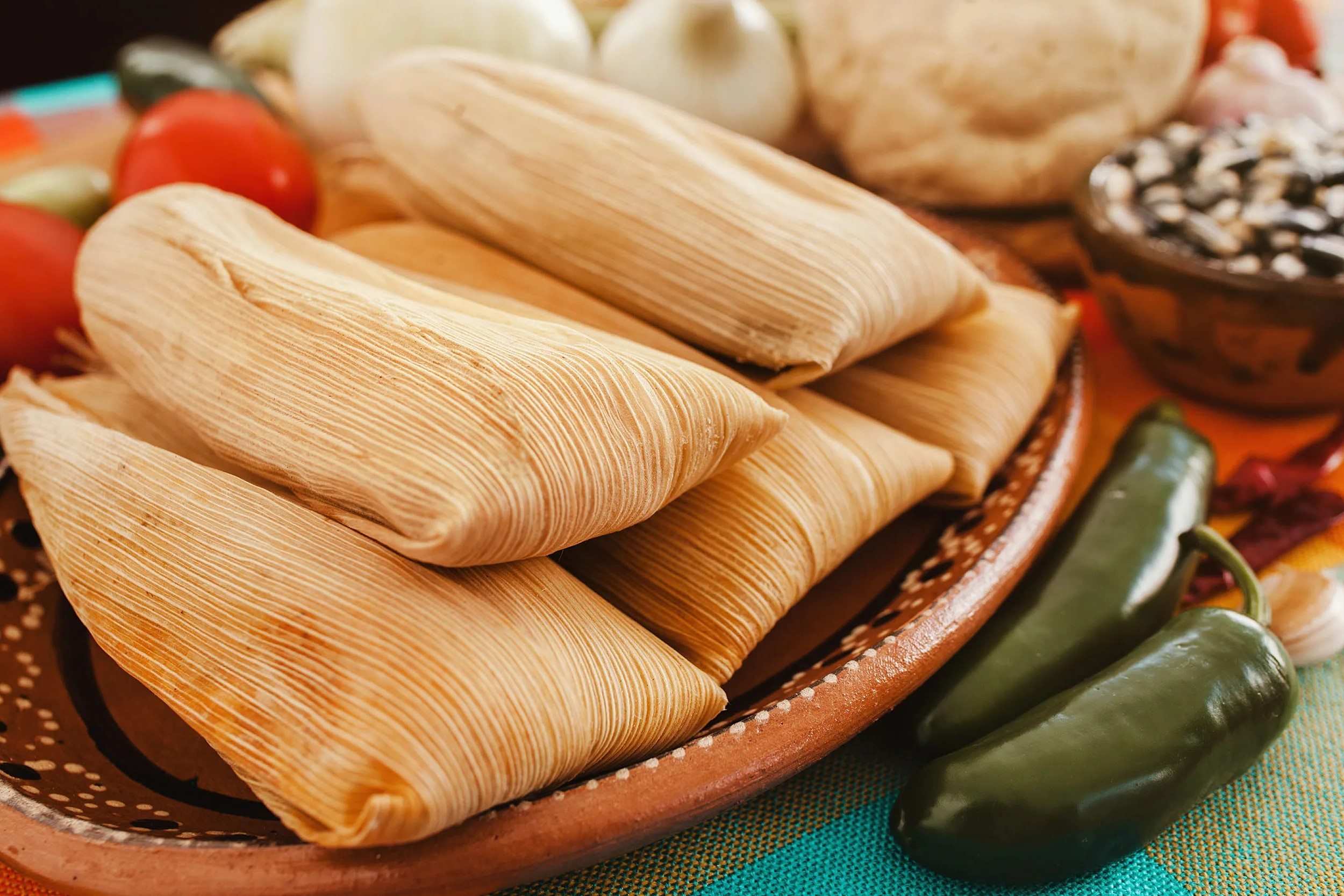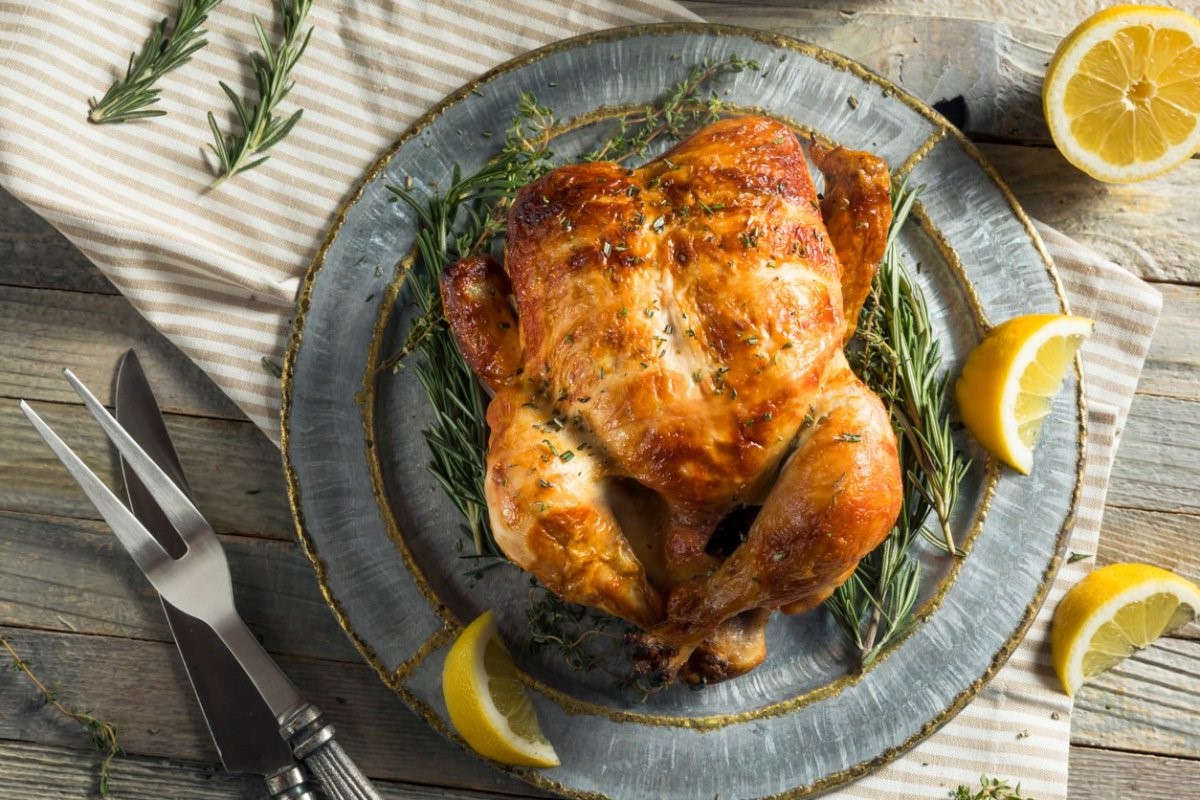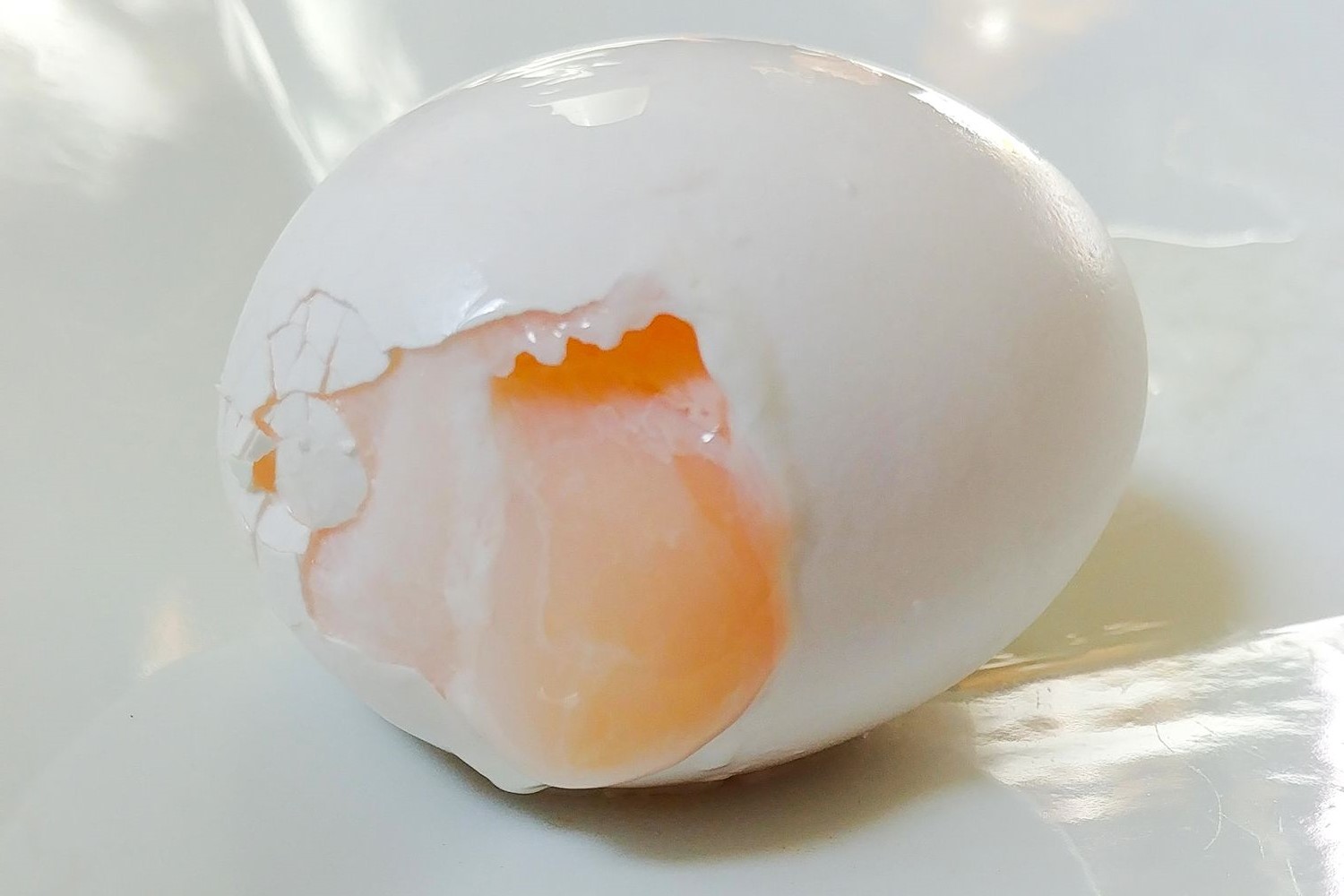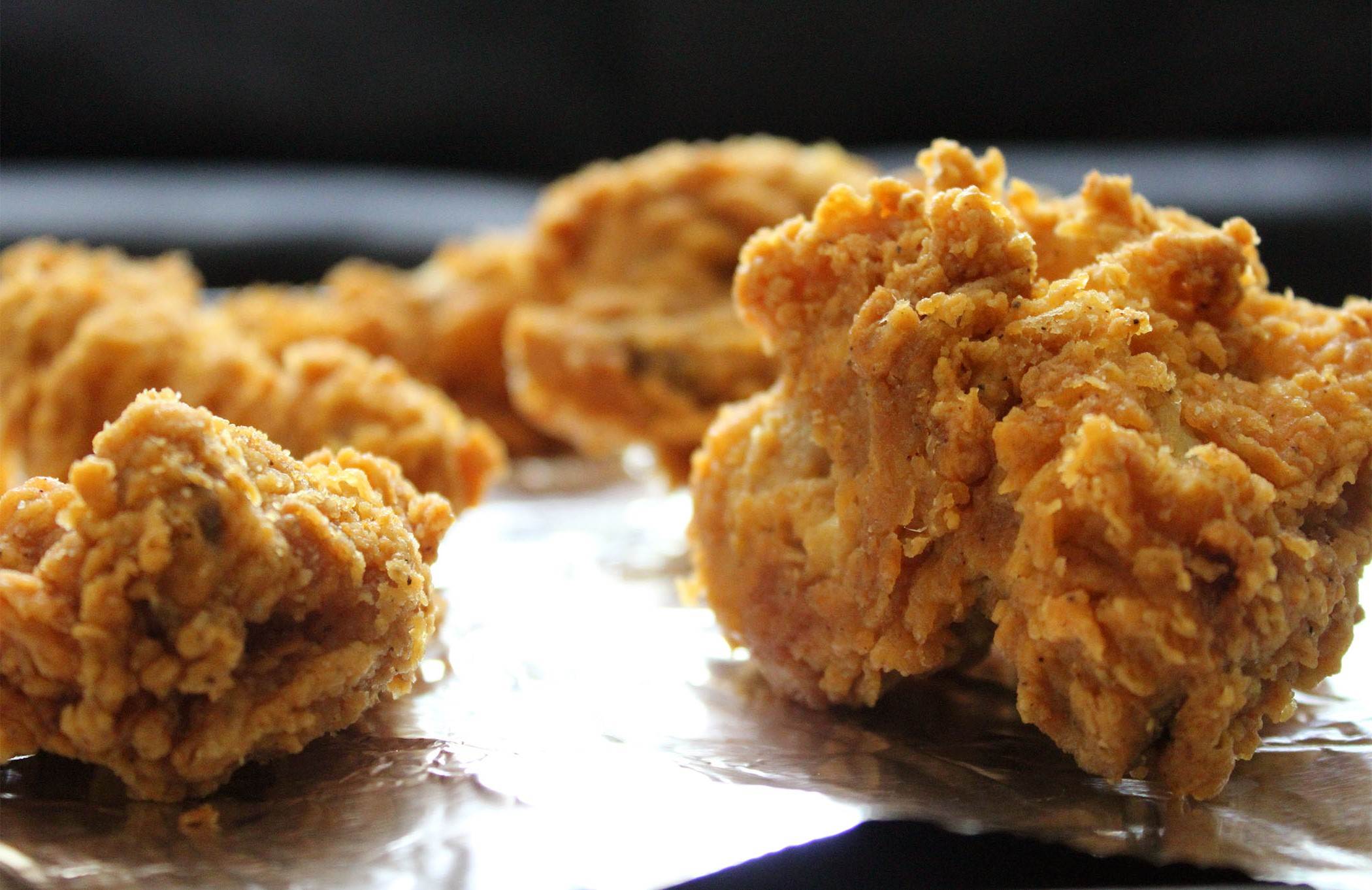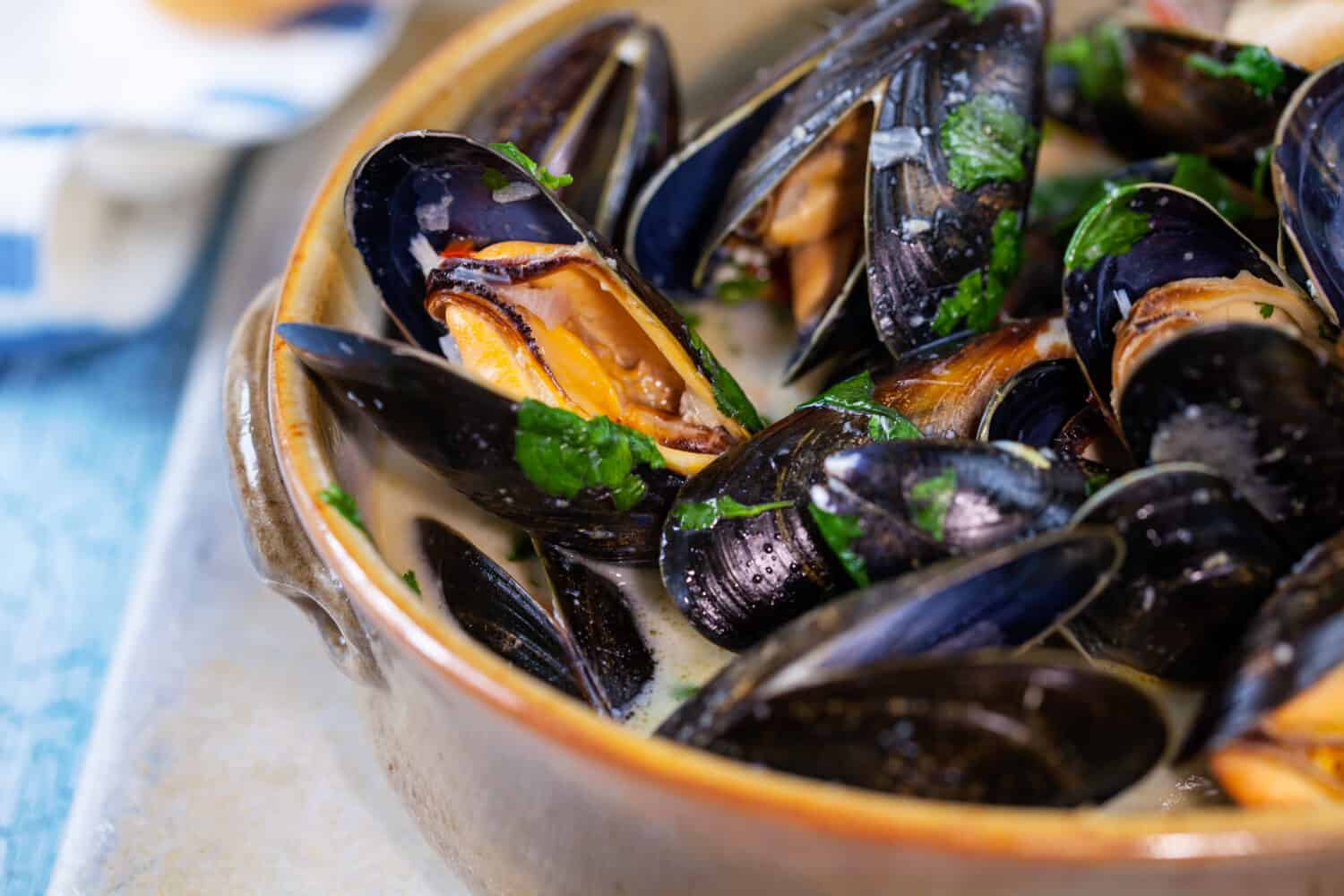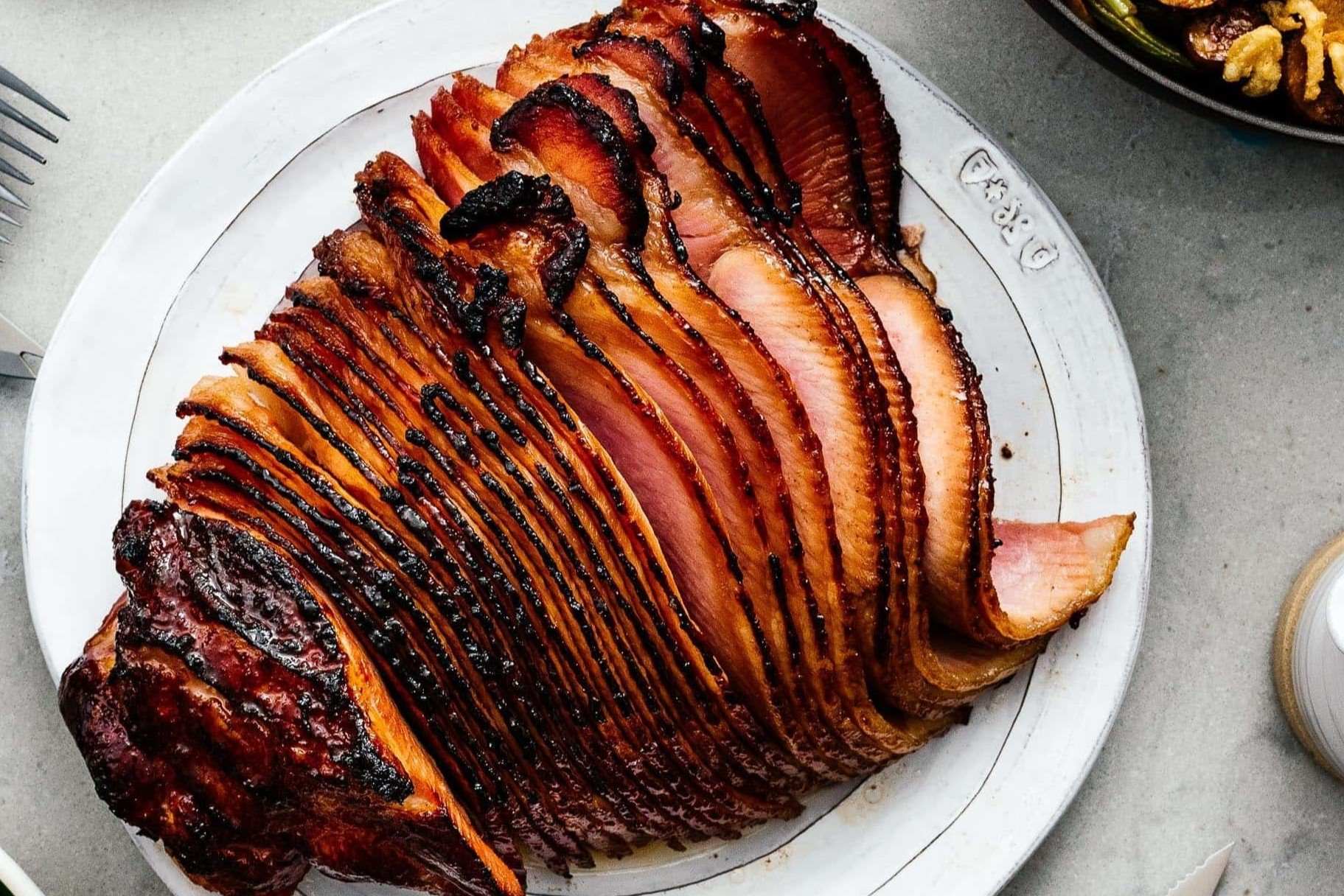Home>Food and Cooking>How To Reheat Seafood Boil
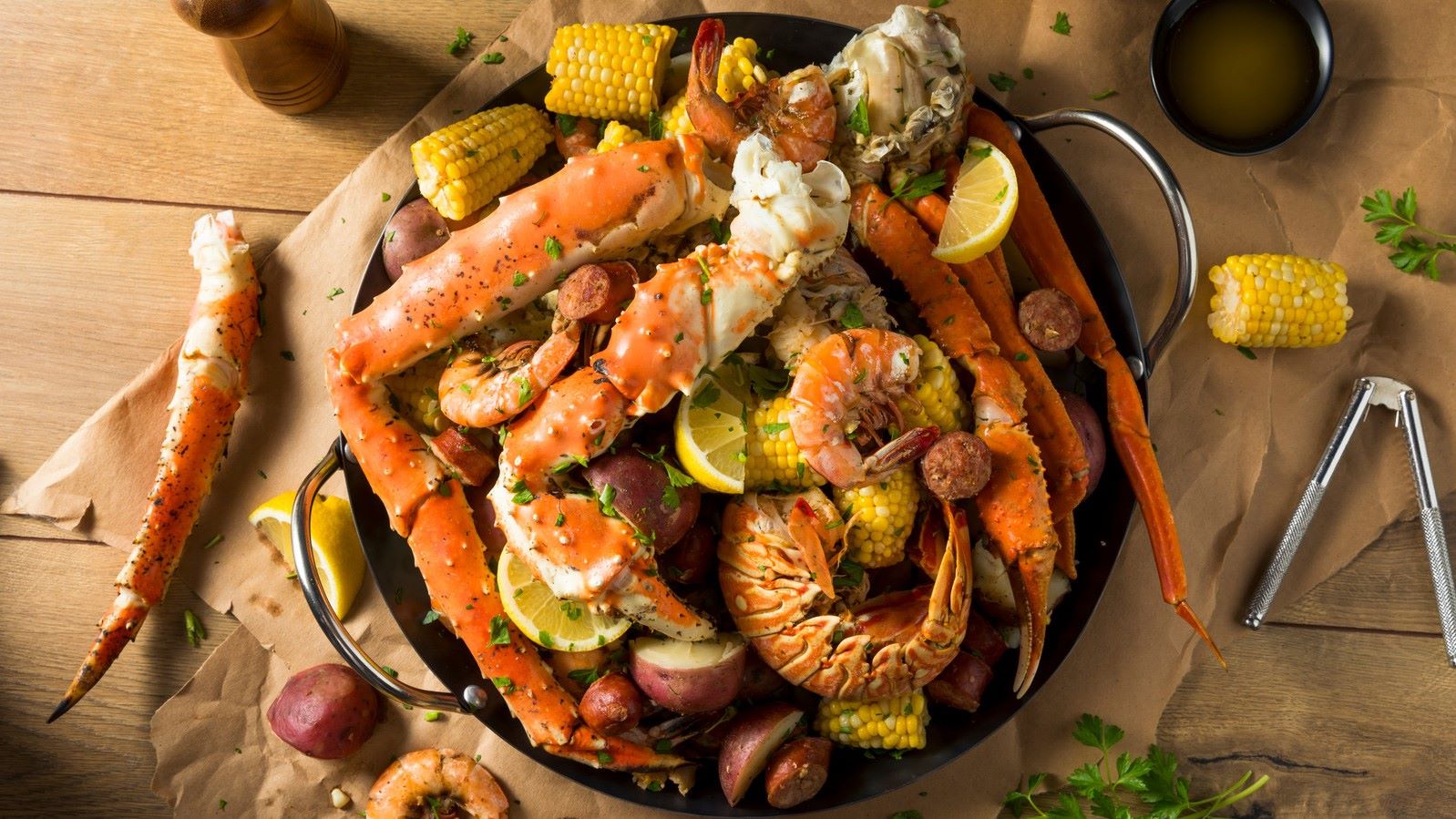

Food and Cooking
How To Reheat Seafood Boil
Published: February 29, 2024
Learn the best techniques for reheating seafood boil to maintain its flavor and texture. Discover expert tips for food and cooking enthusiasts.
(Many of the links in this article redirect to a specific reviewed product. Your purchase of these products through affiliate links helps to generate commission for Noodls.com, at no extra cost. Learn more)
Table of Contents
Introduction
Reheating seafood boil can be a tricky task. Whether you've prepared a delectable seafood boil at home or ordered it from a restaurant, knowing the best methods for reheating it while maintaining its flavors and textures is essential. Seafood boils are a delightful culinary experience, often featuring a mouthwatering combination of shrimp, crab, lobster, and an array of flavorful seasonings. However, reheating seafood boil requires finesse to ensure that the seafood remains tender and the flavors remain intact.
In this article, we will explore the best methods for reheating seafood boil to help you savor this delectable dish as if it were freshly prepared. From stovetop techniques to oven reheating and even microwave options, we will delve into various approaches to suit your preferences and time constraints. Additionally, we will provide valuable tips to ensure that your reheated seafood boil maintains its original quality, allowing you to relish every succulent bite.
Whether you're a seafood enthusiast looking to enjoy a leftover seafood boil or someone eager to savor the flavors of a restaurant-quality seafood boil at home, mastering the art of reheating this dish will elevate your culinary experience. So, let's embark on this flavorful journey and discover the secrets to reheating seafood boil to perfection.
Read more: How To Reheat Quiche
Best Methods for Reheating Seafood Boil
When it comes to reheating seafood boil, there are several methods to consider, each offering unique advantages in terms of convenience and flavor preservation. Here are the best methods for reheating seafood boil:
-
Stovetop Reheating: This method allows for precise control over the reheating process, making it ideal for maintaining the delicate textures of seafood. To reheat seafood boil on the stovetop, place a pot of water on the stove and bring it to a gentle simmer. Submerge the seafood, still in its shell, in the simmering water for a few minutes until it reaches the desired temperature. This gentle reheating method helps prevent the seafood from becoming overcooked and preserves its tenderness.
-
Oven Reheating: Reheating seafood boil in the oven is a convenient option that yields consistent results. Preheat the oven to a low temperature, around 275°F (135°C), and place the seafood in an oven-safe dish. Cover the dish with foil to trap moisture and heat the seafood for 10-15 minutes. This method helps to evenly distribute heat, ensuring that the seafood is reheated thoroughly without drying out.
-
Microwave Reheating: While not the preferred method for reheating seafood boil, the microwave can be used for quick reheating. Place the seafood in a microwave-safe dish and cover it with a damp paper towel to help retain moisture. Reheat the seafood in short intervals, checking for doneness after each interval to prevent overcooking. This method is best suited for small portions of seafood and requires careful monitoring to avoid uneven reheating.
-
Grilling or Searing: For a unique approach to reheating seafood boil, consider grilling or searing the seafood. This method works well for shell-on seafood, such as crab legs and lobster tails. By briefly grilling or searing the seafood over high heat, you can impart a delightful smoky flavor while reheating it to perfection.
Each of these methods offers distinct advantages, allowing you to choose the most suitable option based on your preferences and available resources. Whether you opt for stovetop precision, oven consistency, microwave convenience, or the unique flavors of grilling, reheating seafood boil can be a rewarding culinary endeavor.
Tips for Reheating Seafood Boil
Reheating seafood boil requires attention to detail to ensure that the flavors and textures are preserved, allowing you to relish the dish as if it were freshly prepared. Here are valuable tips to elevate your seafood reheating experience:
-
Use Moist Heat: When reheating seafood boil, incorporating moisture is crucial to prevent the seafood from drying out. Whether you opt for stovetop, oven, or microwave reheating, adding a splash of water or broth to the dish can help maintain the seafood's succulence. This moisture creates steam during the reheating process, keeping the seafood tender and flavorful.
-
Avoid Overheating: Overheating seafood can lead to a loss of tenderness and result in a rubbery texture. To prevent this, aim for gentle reheating methods and monitor the process closely. Whether using the stovetop, oven, or microwave, patience is key to achieving perfectly reheated seafood without compromising its quality.
-
Seasoning Enhancement: Consider infusing additional flavor into the reheated seafood boil by incorporating aromatic seasonings or a drizzle of melted butter. This simple yet effective step can elevate the dish, adding a burst of freshness and depth of flavor. Fresh herbs, such as parsley or dill, can also be sprinkled over the seafood before reheating to impart a delightful herbal essence.
-
Shell Protection: If the seafood boil includes shell-on items, such as crab legs or shrimp, keeping the shells intact during reheating can help preserve the natural juices and flavors. The shells act as a protective barrier, preventing the delicate seafood from becoming overcooked and enhancing its overall succulence.
-
Even Distribution: Whether reheating in a pot on the stovetop or in an oven-safe dish, ensuring an even distribution of seafood is essential for consistent reheating. Arrange the seafood in a single layer to promote uniform heating, allowing each piece to reach the desired temperature simultaneously.
-
Rest and Serve: Once the seafood boil is reheated, allow it to rest for a few minutes before serving. This brief resting period enables the flavors to meld and the residual heat to distribute evenly, resulting in a harmonious and delectable dining experience.
By incorporating these tips into your seafood reheating process, you can savor the rich flavors and tender textures of seafood boil with each indulgent bite. Whether you're enjoying leftovers or seeking to relish a restaurant-quality seafood boil at home, these tips will ensure that your reheated seafood remains a culinary delight.
Conclusion
Reheating seafood boil is an art that requires finesse and attention to detail. Whether you opt for the precision of stovetop reheating, the convenience of the oven, the quickness of the microwave, or the unique flavors of grilling, each method offers distinct advantages for preserving the succulence and flavors of the seafood. By incorporating valuable tips such as using moist heat, avoiding overheating, enhancing seasoning, protecting the shells, ensuring even distribution, and allowing the seafood to rest before serving, you can elevate the reheating process to ensure a delightful dining experience.
Mastering the art of reheating seafood boil allows you to savor this delectable dish as if it were freshly prepared. Whether you're relishing leftovers from a previous gathering or seeking to recreate the flavors of a restaurant-quality seafood boil at home, the methods and tips outlined in this article provide a comprehensive guide to achieving exceptional results. The careful balance of moisture, gentle reheating, and thoughtful seasoning enhancement ensures that the reheated seafood remains tender, flavorful, and a true culinary delight.
As you embark on your flavorful journey of reheating seafood boil, consider the unique characteristics of each method and tailor your approach based on your preferences and available resources. Whether you're drawn to the aromatic precision of stovetop reheating, the consistent results of oven reheating, the quickness of microwave reheating, or the enticing flavors of grilling, the options are diverse and cater to various culinary inclinations.
Ultimately, the art of reheating seafood boil is a testament to the culinary appreciation of flavors, textures, and the joy of savoring a well-prepared dish. By embracing the methods and tips shared in this article, you can transform the reheating process into a delightful culinary experience, allowing you to relish every succulent bite of reheated seafood boil with unparalleled satisfaction.
In conclusion, whether you're a seafood enthusiast, a home cook seeking to impress, or someone eager to enjoy the flavors of a seafood boil once again, mastering the art of reheating seafood boil will undoubtedly elevate your culinary prowess and bring forth a renewed appreciation for this beloved dish. So, with these insights in mind, embark on your next seafood reheating endeavor with confidence, knowing that the flavors and textures of your seafood boil will be preserved to perfection.


